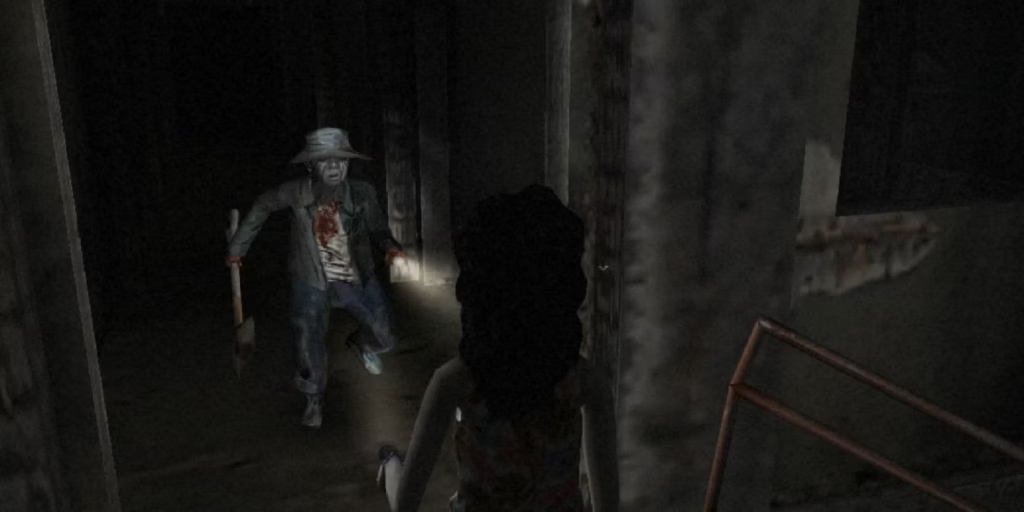
In Forbidden Siren, players enter the isolated Japanese village of Hanuda, where a mysterious and deadly phenomenon has trapped the villagers and transformed many into horrifying, silent killers. Players control multiple characters, each with their own perspective and motivations, as they navigate the village, avoid the terrifying shibito, and uncover the dark secrets behind the supernatural events that have plunged the town into chaos. Survival depends on stealth, strategy, and careful observation of the environment and enemy behaviors.












Released in 2003 for the PlayStation 2, Forbidden Siren was developed by Japan Studio and published by Sony Computer Entertainment. The game is renowned for its innovative “Sight-Jacking” mechanic, which allows players to see through the eyes of enemies, enabling strategic planning and escape from relentless pursuers. Set in a Japanese rural village with a deeply unsettling atmosphere, the story unfolds through multiple overlapping scenarios told from different characters’ perspectives, gradually revealing a larger, sinister narrative. The game blends psychological horror, traditional Japanese folklore, and survival horror mechanics to create a tense, unpredictable experience.
Gameplay
Forbidden Siren emphasizes stealth, exploration, and resource management over combat. Players must avoid enemies, solve environmental puzzles, and manage scarce items to survive. The Sight-Jacking system allows players to track enemy movements in real time, adding a layer of strategic planning and dread as the shibito patrol the village. Characters can hide, run, or use limited tools to distract or evade threats, but confrontation is often deadly. The multi-character narrative and branching scenarios encourage replay, as each character’s actions can influence events and outcomes.
Visuals & Style
The game uses fully 3D-rendered environments with fixed and dynamic camera angles to heighten tension and disorientation. The village of Hanuda is depicted with detailed architecture, foggy landscapes, and dim lighting that evoke a sense of isolation and fear. Character and enemy designs draw heavily from Japanese horror folklore, with shibito appearing grotesque and unnervingly silent. The visual and sound design work in tandem, with eerie audio cues and ambient effects amplifying the psychological horror experience.
Importance in Survival Horror History
Forbidden Siren is significant for its innovation in stealth-based survival horror and its use of multiple perspectives to tell a complex, interwoven narrative. The Sight-Jacking mechanic was revolutionary, introducing a psychological tension rarely seen in contemporaneous horror games. By combining Japanese cultural horror elements with gameplay mechanics that prioritize avoidance over combat, Forbidden Siren influenced later stealth-horror games and reinforced the viability of narrative-driven horror that challenges players’ perception and decision-making under stress.
Reception vs Historical Value
Upon release, Forbidden Siren received generally positive reviews, with praise for its originality, atmosphere, and innovative mechanics, though critics noted its steep learning curve and sometimes frustrating trial-and-error gameplay. Historically, the game is recognized as a cult classic, especially among fans of Japanese horror and unconventional survival horror experiences. Its narrative complexity, stealth emphasis, and psychological tension have cemented its place as an influential title in the genre.
Availability & Collectibility



Forbidden Siren was released for the PlayStation 2 and has not seen wide re-releases on modern platforms until this day. A new port has been announced for the PlayStation Network but still has not a release date.
PSN: Forbidden Siren™
Trailer:
